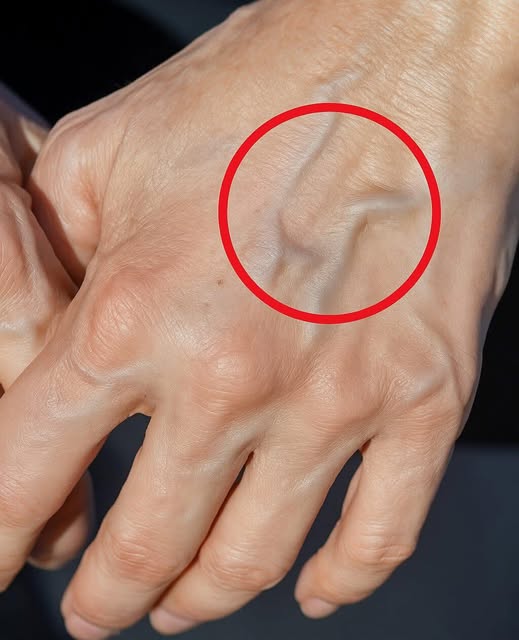Visible or bulging veins are quite common and, in many cases, completely harmless. They can become more noticeable due to factors like physical activity, heat, aging, tight clothing, or even genetics. Sun exposure and excess body weight may also contribute. While seeing veins more clearly can be concerning, it often simply reflects how your circulation responds to daily life and environmental changes.
However, paying attention to certain signs is important. If visible veins are accompanied by discomfort, swelling, or changes in skin color, a healthcare professional should be consulted. These symptoms may suggest that the veins are having difficulty sending blood back to the heart, which can lead to conditions such as varicose veins — enlarged, twisted veins typically found in the legs.
Experts, including those at the Cleveland Clinic, note that risk factors for varicose veins include genetics, pregnancy-related hormonal changes, obesity, smoking, and long periods of sitting or standing. Fortunately, there are treatments and lifestyle practices that can help. Elevating your legs, wearing compression stockings, staying active, and maintaining a balanced weight can support healthy circulation. In more advanced cases, medical procedures like injection therapy or surgery may be recommended.
Although most visible veins do not cause serious health issues, untreated varicose veins can sometimes lead to complications like slow-healing skin ulcers or blood clots that require urgent care. While not every case can be prevented, adopting healthy habits — exercising regularly, avoiding tobacco, staying hydrated, and choosing comfortable, non-restrictive clothing — can improve overall vein health. By paying attention to your body and seeking guidance when necessary, you can protect your circulation and overall well-being.
